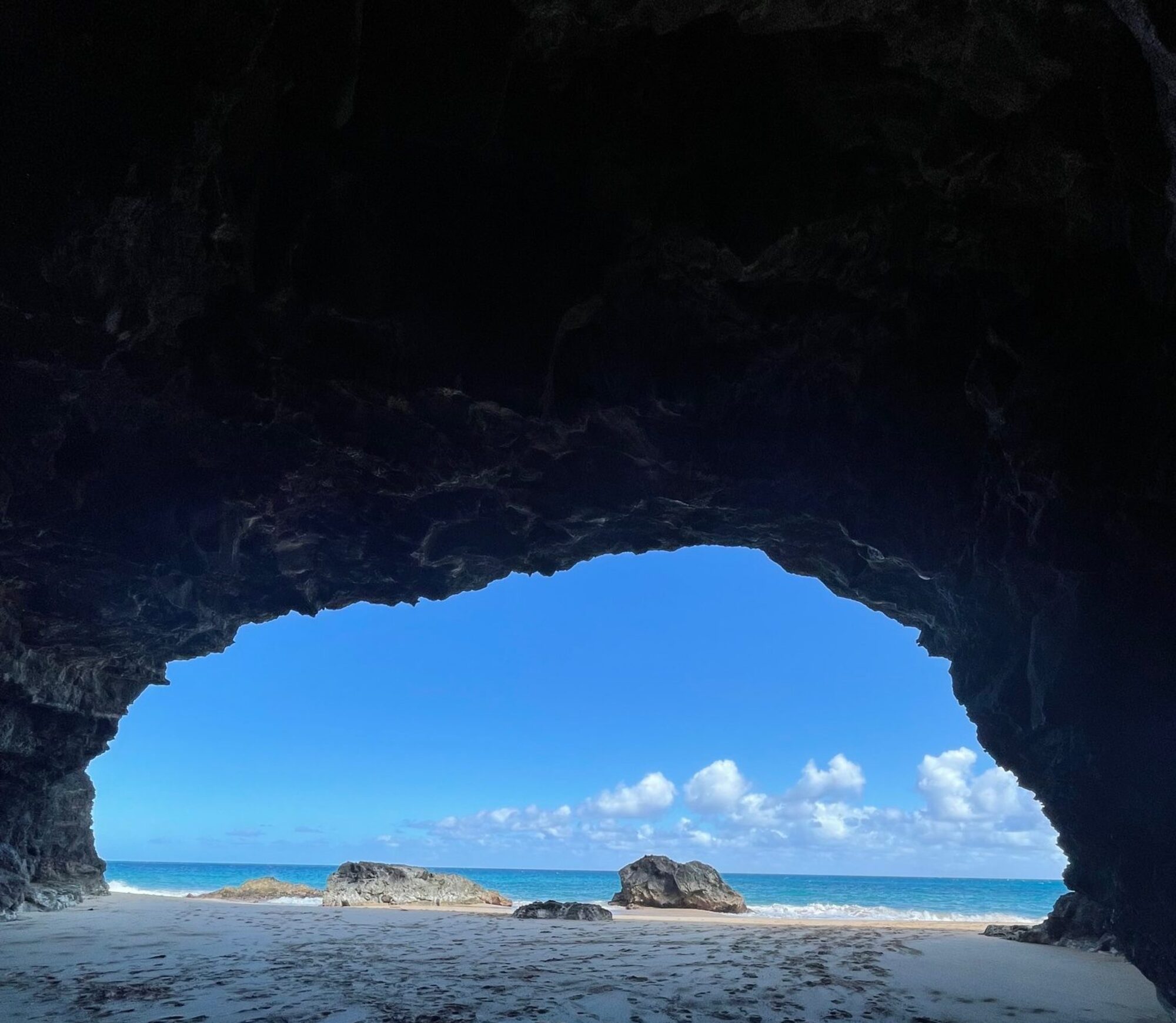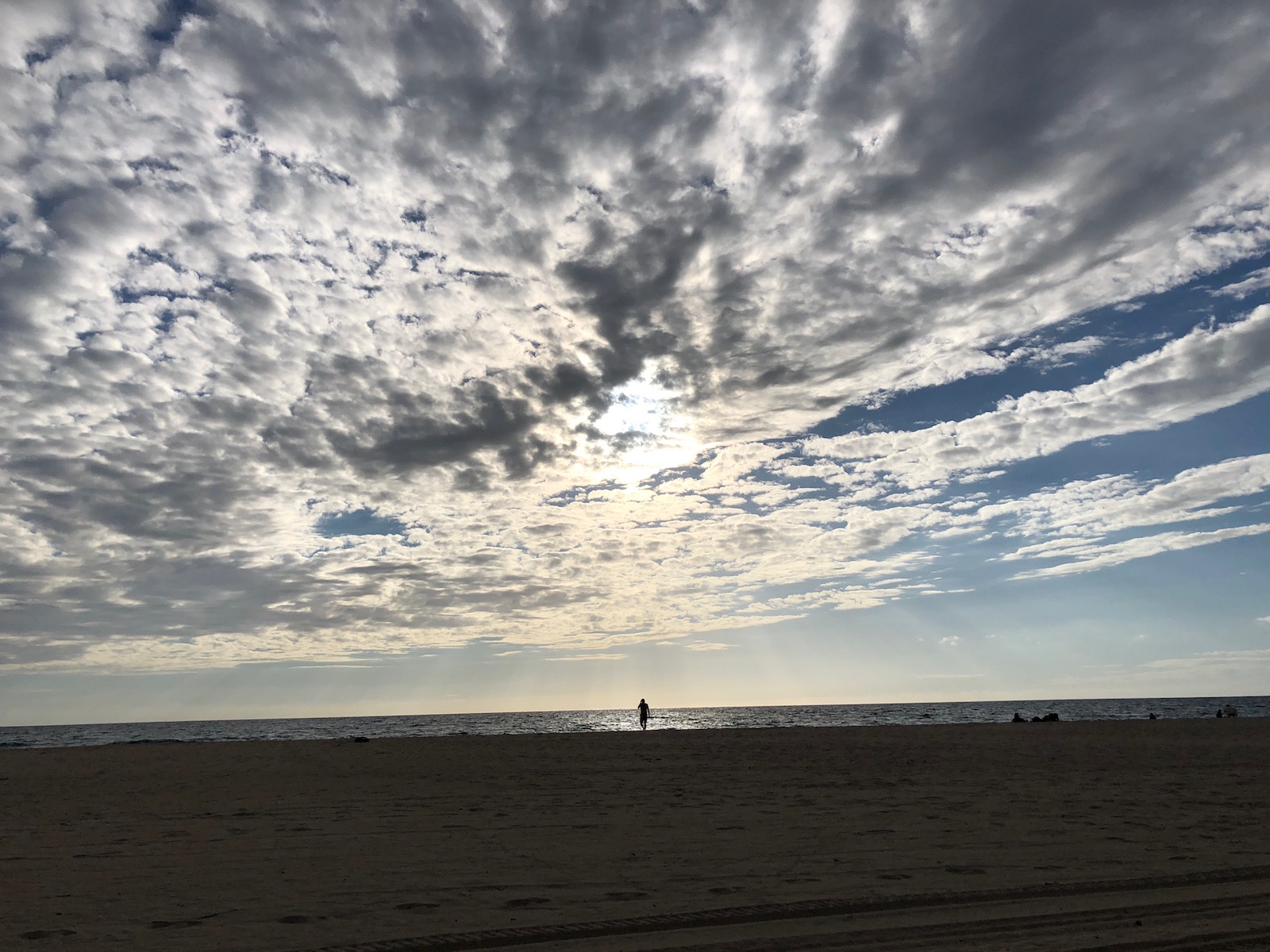Mana is the divine essence is all things. Conservation efforts to restore natural landscapes also relate to tending to individual environments. These the innermost landscapes continually interact with the natural world. In the work of ritual as an essential aspect of conservation, we are asked to bring our best selves forward. Our own personal environment needs tending, in order to do the vital work of conservation.
I would dare propose that if we ALL did this work, ALL the time, in ALL of our relations, the land would take care of herself.
Mana enhancing engagement
When we cultivate awareness of what is going on inside, we can dare to accept this moment is exactly as it is (instead of wishing it were different and falling into anger, apathy or aversion), and then we take action to clean it up, restore, and cultivate wellness with each action. We embrace mana enhancing engagement, within ourselves and our personal relationships with each other. Then the landscape naturally benefits when we are not polluting the space between. She doesnʻt need us, but we need her.
The traditional life ways school that I belong to, Hālau ʻOhiʻa, works to engage a deeper understanding of why we are saving the endangered birds, planting the trees, and restoring the habitat. In essence, it is mana enhancing engagement.
Kahoʻolawe
The ritual of our conservation work during huakaʻi, journey, to Kahoʻolawe, an uninhabited island accessible by invitation only, began with individual preparation of mind, body, and spirit prior to our travel. For me, I got extra sleep. I paid attention to my dreams. I took extra good care of my feet, trimming the nails straight across to avoid ingrown infections, walking more gingerly on the earth to avoid stubbed toes, and massaging my feet nightly to thank them for all the miles we had walked in our lifetime and the many more to come.
We chanted for permission to access this scarred and sacred land. Then we engaged in ritualistic cleansing, kapu kai, to release the stuck hurriedness, pilikia, drama, and built up grime we collect in our mundane activities. Letting go of the mundane chit chat, the ordinary distractions that fill our minds and days, we opened to the sacred, the kapu.
Fertilize the kapu
We invite silence to be the fertilizer for the kapu, sacred. Unplugged from media and devices, we tuned into Kanaka Vision, and we sank more fully into the moment. Hydrating with olena, turmeric, water, we hiked at pre-dawn. With a gentle invitation to pay greater attention, we did. We looked to the clouds, the wind, the quality of this moment, now. We chanted throughout the day. For sunrise, we chanted, at high noon we chanted. A portal opened that fed immense energy to our open beings. The auʻau ritual of cleansing in the kai, ocean kept things sacred.
With each huakaʻi, I let go of the need for “alone time.” I recognize, in advance, that part of the huakaʻi process is traveling as a 70 foot unit, 35 individuals, without getting enmeshed in other peopleʻs pilikia. We all malama the keiki, we take care of the children. We all carried each otherʻs ukana, baggage, on arrival at Hakioawa and helped with the opala, rubbish, on departure. It truly is a remarkable thing, when we bring our best selves forward, body, mind, and spirit, and when we recognize our interconnectedness with each other, we maintain healthy boundaries and attuned hearts, a beneficial connection. In other words, we care for each other, but we donʻt try to take care of each other.
Guided by stars
We tuned into Kanaka Vision and we saw the cloud people march across the landscape and bring the rains back to Kanaloa, another name for Kahoʻolawe. Chanting the moʻokuʻauhau, genealogical chant, of Hokuleʻa, the Polynesian canoe that wove a lei of aloha around the planet on her worldwide voyage using celestial navigation was an honor to be a participant in. Sitting in the navigatorʻs chair and recognizing the need to also look up, not just out, we shift our perspective. The trash we saw in the bays, resultant of the currents bringing the detritus of humanity to the shores, was immensely intense, especially since this island is uninhabited. There is no escape from the fingerprint of humanity. There is no “away” that we can throw things, or relationships.
Being hanai’d, adopted, by place
A huge part of being hanai’d, adopted, by place is the spirit of forgiveness of self & other. How do we clean up the wreckage of our past? We cultivate awareness of what is. By accepting this moment is exactly as it is, and we take action to clean it up, restore, and cultivate wellness with mana enhancing engagement with the landscape. She doesn’t need us, but we need her.
Kahoʻolawe is kapu to me. The lessons still unfolding and unfurling. Let us continue to bring the subconscious to the conscious. Let us remember always the discussion of the significance of discovering coral up on the heiau, shrine. In this we discovered the Kanaloa and the Kane integrating.
Integration is necessary for healing to happen, whether on a personal or collective level. We must stay accountable, willing, and open. Thereby, we bring our best selves forward, in ritual, in conservation, in our day to day lives. With mana enhancing agreements, we resource ourselves to be a force for good, and to malama the ʻaina , protect the land, for now and future nows.








